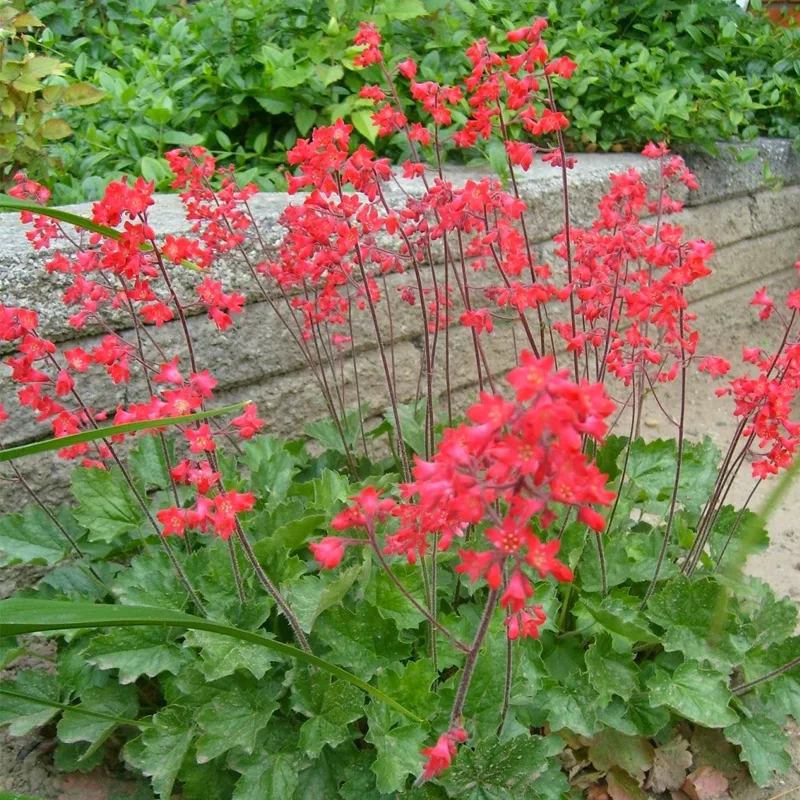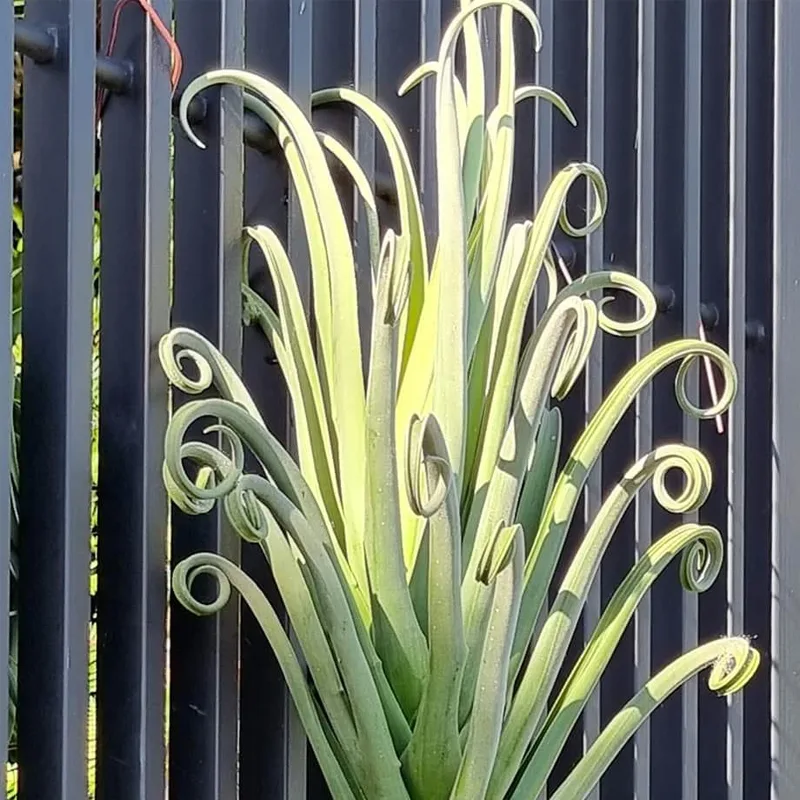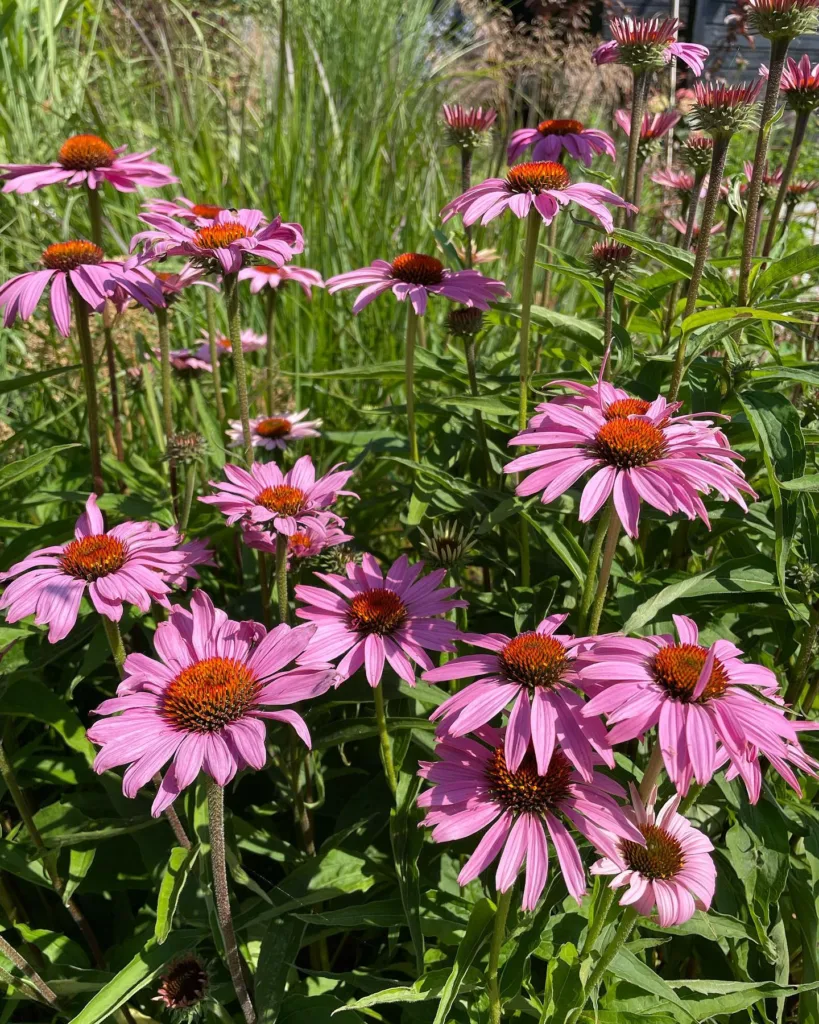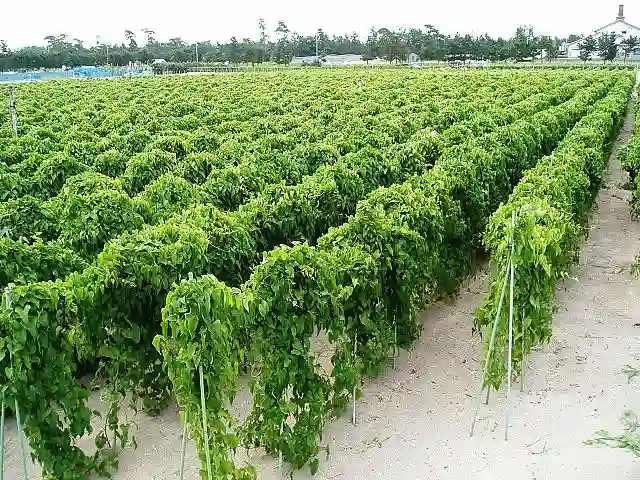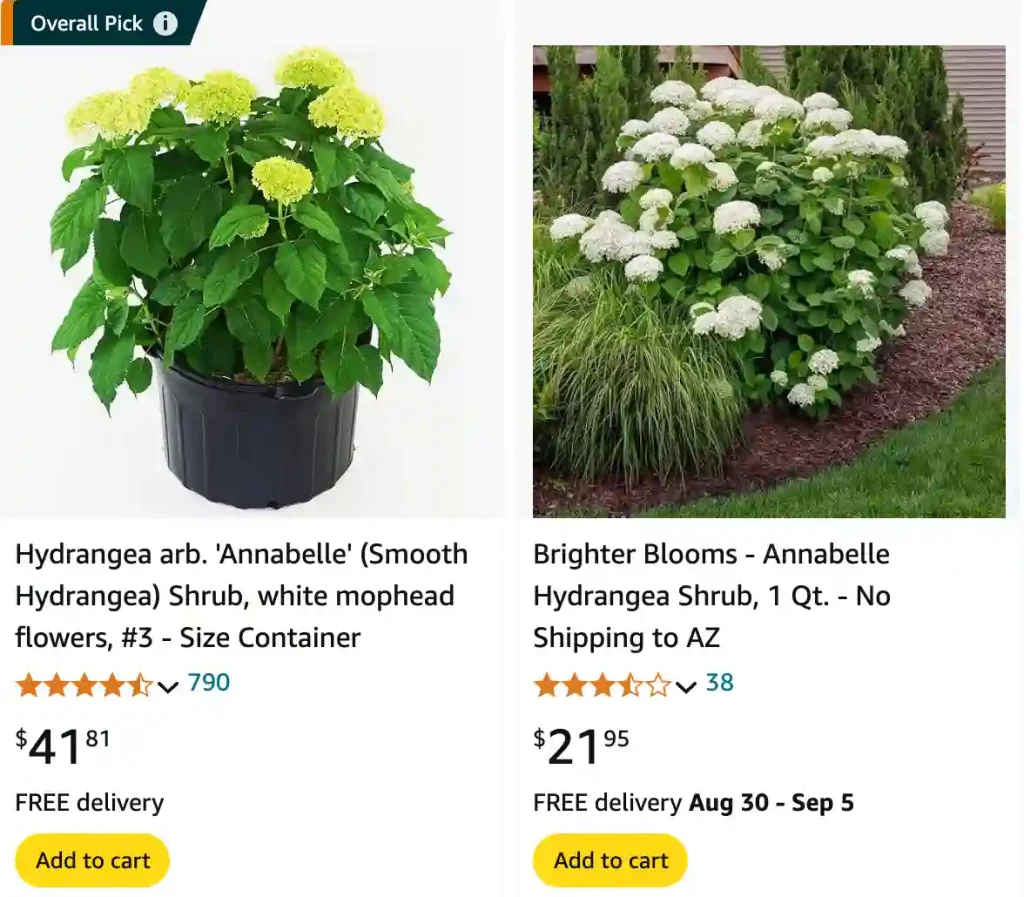
Annabelle Hydrangea FAQs: Your Ultimate Guide
When it comes to beautiful, low-maintenance plants, Annabelle Hydrangeas are a top pick for many gardeners. I’ve had my share of experience with these lovely shrubs, and I’ve gathered answers to the most frequently asked questions about them. Whether you’re just starting or looking to improve your existing garden, this guide will cover everything you need to know.
100 Species in Genus Hydrangea
When to Prune Annabelle Hydrangeas?
Pruning Annabelle Hydrangeas can be a bit confusing, but it’s essential for their health and appearance. The best time to prune these hydrangeas is in late winter or early spring, just before new growth begins. This timing helps the plant focus its energy on producing fresh blooms. Avoid pruning in late summer or fall as it may reduce the flowering potential for the next season.
How to Prune Annabelle Hydrangeas?
To prune Annabelle Hydrangeas, start by removing any dead or damaged stems. Then, cut back the remaining stems to about 6-12 inches above the ground. This severe pruning encourages the plant to produce strong, healthy stems that will support the large, beautiful blooms the following season. Ensure you use clean, sharp tools to prevent any disease transmission.
How Big Do Annabelle Hydrangeas Get?
Annabelle Hydrangeas are known for their impressive size. They typically reach 3-5 feet in height and width. Their large, round blooms can also add a substantial visual impact to your garden. Be sure to provide ample space for these shrubs to grow and spread out, ensuring they have room to flourish without becoming overcrowded.
When Do Annabelle Hydrangeas Bloom?
One of the standout features of Annabelle Hydrangeas is their blooming period. They usually begin to flower in late June and continue through September. The blooms start as greenish-white and gradually turn to a soft, creamy white. This long bloom period makes them a fantastic addition to any garden, providing extended color and texture.
How to Care for Annabelle Hydrangeas?
Caring for Annabelle Hydrangeas is relatively straightforward. They thrive in well-drained soil and prefer a spot with partial to full sun exposure. Water them regularly, especially during dry spells, to keep the soil consistently moist but not waterlogged. Mulching around the base can help retain soil moisture and reduce weed competition.
When to Plant Annabelle Hydrangeas?
The best time to plant Annabelle Hydrangeas is in the spring or fall. Planting in these seasons gives the shrub ample time to establish its root system before the extremes of summer or winter. Choose a location with good sunlight and well-drained soil, and ensure you space the plants adequately to allow for their full growth.
Where to Buy Annabelle Hydrangeas?
You can purchase Annabelle Hydrangeas at most garden centers, nurseries, or through online plant retailers. When buying, look for healthy, well-established plants with no signs of disease or pests. If buying online, check customer reviews and ensure the seller provides a good plant return policy.
Can Annabelle Hydrangeas Take Full Sun?
While Annabelle Hydrangeas can tolerate full sun, they generally prefer partial shade, especially in hotter climates. Full sun exposure can sometimes lead to wilted blooms or leaf burn during the hottest part of the day. In cooler climates, a location with morning sun and afternoon shade works well.
Can You Change the Color of Annabelle Hydrangeas?
Unlike some hydrangeas, Annabelle Hydrangeas do not change color based on soil pH. They consistently produce creamy white blooms regardless of soil conditions. If you’re looking for color variations, you might want to explore other hydrangea varieties that respond to soil pH changes.
Can You Grow Annabelle Hydrangeas in Pots?
Yes, Annabelle Hydrangeas can be grown in pots, which is a great option for smaller spaces or patios. Ensure the pot has adequate drainage holes and use a high-quality potting mix. Regular watering is crucial since potted plants can dry out faster than those in the ground.
Do Deer Eat Annabelle Hydrangeas?
Annabelle Hydrangeas are generally considered deer-resistant, but no plant is entirely deer-proof. In areas with high deer populations or during extreme hunger conditions, deer might nibble on these plants. Using deer repellents or installing physical barriers can help protect your hydrangeas.
How Fast Do Annabelle Hydrangeas Grow?
Annabelle Hydrangeas are known for their moderate growth rate. They can grow about 1-2 feet per year, depending on conditions. With proper care, these shrubs can quickly become a focal point in your garden.
How Long Do Annabelle Hydrangeas Bloom?
The bloom period for Annabelle Hydrangeas lasts from late June to September. Their large, attractive blooms provide a long-lasting display, making them an excellent choice for extended garden color.
Annabelle Hydrangea vs. Limelight
Annabelle Hydrangea and Limelight are both popular choices, but they have distinct differences. Annabelle has large, round white blooms, while Limelight produces cone-shaped blooms that transition from green to pink. Annabelle is more suited to shaded areas, whereas Limelight prefers full sun.
Annabelle Hydrangea vs. Incrediball
Incrediball Hydrangea is a newer variety that was developed as an improved version of Annabelle. It features sturdier stems and larger blooms. Both types are similar in care requirements and bloom time, but Incrediball’s flowers are more resilient to weather conditions.
Annabelle Hydrangea vs. Endless Summer
Endless Summer Hydrangeas are known for their ability to bloom on both old and new wood, which extends the blooming period. In contrast, Annabelle Hydrangeas bloom only on new wood. Endless Summer Hydrangeas also come in a range of colors, while Annabelle maintains a consistent white.
Annabelle Hydrangea vs. Snowball Bush
Snowball Bush is another name for the Viburnum plant, which is different from the Annabelle Hydrangea. While both produce large, spherical blooms, Snowball Bushes typically have a different growth habit and bloom time. Annabelle Hydrangeas have a longer bloom period and require different care.
What Is the Best Fertilizer for Annabelle Hydrangeas?
For the best results, use a balanced, slow-release fertilizer specifically formulated for flowering shrubs. Applying the fertilizer in early spring helps promote healthy growth and abundant blooms throughout the season.
How to Propagate Annabelle Hydrangeas?
Annabelle Hydrangeas can be propagated through softwood cuttings taken in late spring or early summer. Ensure the cuttings are from healthy plants and use a rooting hormone to increase the chances of successful propagation. Keep the cuttings in a warm, humid environment until they develop roots.
What to Plant with Annabelle Hydrangeas?
Companion plants for Annabelle Hydrangeas include hostas, astilbes, and ferns, which complement their lush foliage and large blooms. Pairing them with plants that have similar water and light requirements ensures a harmonious garden design.
Is Annabelle Hydrangea Toxic?
Annabelle Hydrangeas are not toxic to humans or pets. However, it’s always good practice to avoid ingestion of any plant material to prevent potential gastrointestinal issues.
By following these tips and guidelines, you’ll be well on your way to enjoying a flourishing Annabelle Hydrangea in your garden. Happy planting!
If i die, water my plants!
